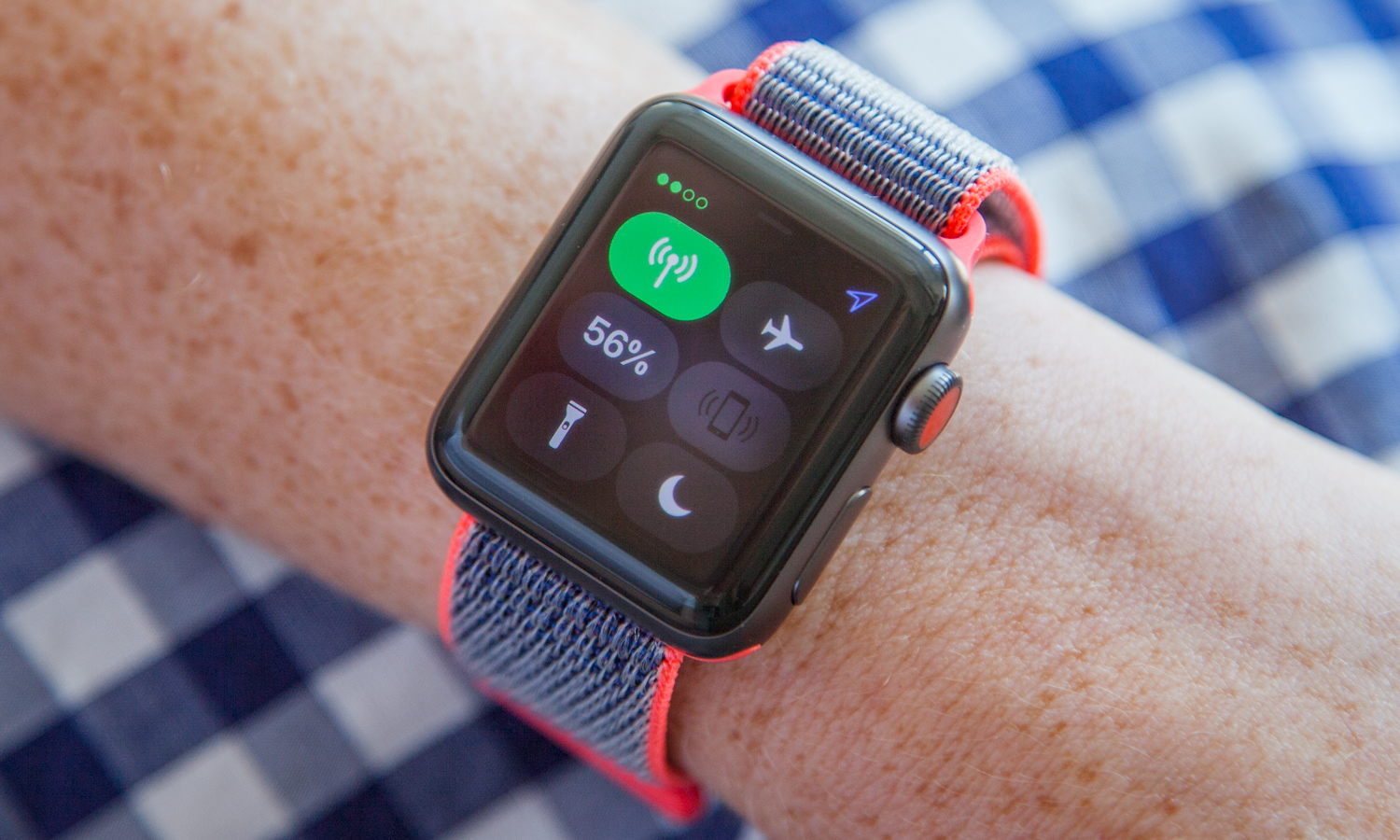eSIM Collusion Investigation: What You Need to Know
Verizon and AT&T face an investigation into whether they’re using the emerging eSIM standard to make it harder to switch wireless carriers. Here’s what you need to know.
The physical SIM card in your smartphone that ties you to a specific wireless carrier may soon give way to eSIM (embedded SIM), a new standard that makes switching carriers as simple as changing your phone’s settings. But the U.S. government worries that some carriers might use the technology to permanently lock up their phones.

Specifically, the U.S. Department of Justice has announced that is it investigating whether Verizon, AT&T and the GSMA, a worldwide trade body of wireless operators, are colluding to make it harder for consumers to switch carriers. According to The New York Times, the feds want to know if Verizon and AT&T are adapting eSIM technology to lock the devices they sell to their respective networks.
MORE: Best Prepaid and No-Contract Phone Plans
If you’re not too clear on what eSIM is or what the implications of this investigation are, there’s a very good reason for that: eSIM hasn’t been deployed on many devices yet. But it figures to play a much larger role going forward. It’s a replacement for physical SIM cards.
Here’s a rundown of eSIM technology and how this new Justice Department probe might impact you.
Why eSIM matters
As things stand now, devices bought through carriers typically enforce some kind of lock so that they can only be used on the network for which they were purchased. In the U.S., carriers must unlock your phone if you request it, but only after you’ve paid off the device in full. This lock supersedes ordinary SIM cards; even if you bought a brand-new Galaxy S9 from AT&T and swapped the AT&T SIM card with a MetroPCS one, the phone wouldn’t work. That handset needs an AT&T SIM card to function until it’s unlocked.
eSIM, which is still in active development, has no provision for network locking. Under the current specification, any phone using an eSIM could switch to any network at any time, regardless of the vendor it was purchased from.
Get instant access to breaking news, the hottest reviews, great deals and helpful tips.
Of course, that could very well change in the near future, which is precisely what the current uproar is about.

How carriers are responding
It’s not hard to imagine why wireless carriers may be wary of eSIM. Although the service contracts have technically disappeared — you can now pay for your phone in installments over two years, which essentially replace the two-year service contracts of old — you still can’t take that AT&T-bought Galaxy S9 to another carrier without having to pony up a hefty termination fee. If you do pay the penalty to leave AT&T before paying off the phone, there’s still the issue of it being locked.
However, eSIM in its current form would neutralize all those restrictions. It would give phone owners the power to change their carriers at any time, which is why a wireless provider might be interested in working with the GSMA to lock down the technology.
Of course, carriers will tell you the real reason they want to lock eSIMs is to combat theft and fraud. (This was the same rationale Verizon cited when it decided to stop selling phones unlocked out of the box earlier this year.) But that’s a tenuous argument once you consider that both iOS and Android require the original user’s Apple ID or Google account credentials to perform a factory reset. If a thief attempts to wipe the device and start fresh, they’ll find themselves hopelessly cornered at the login screen after the reboot.
Much like locking physical SIM cards, locking eSIMs would still cripple consumer freedom, potentially undermine competition and create a captive market whereupon carriers could charge whatever they wanted for plans. Buying an entirely new phone would be users’ only way out of their current wireless plan.
Where we’re at now with eSIM
The GSMA has already confirmed that it has completed a version of eSIM that lets carriers lock phones. But the trade group has placed the revision on hold while the Justice Department conducts its probe.
But don't expect to feel the brunt of these changes to the current eSIM spec in the near future. At present, there are only a handful of eSIM-enabled devices on the market: the Apple Watch Series 3, Microsoft Surface and Google Pixel 2. Considering they’re already out in the wild, they should be safe from any locking going forward.
It’s critical to acknowledge that there’s already something of a precedent at play here. According to the Washington Post, a similar investigation was conducted back in 2016 (though not concerning Verizon and AT&T explicitly) and promptly shuttered after its findings revealed only a “technical capability” for companies to use eSIM to gain an unfair advantage, without pointing to any specifics.
Ultimately, whatever course of action the Justice Department takes with regard to eSIM will becoming inevitably more pertinent as the technology proliferates.
Adam Ismail is a staff writer at Jalopnik and previously worked on Tom's Guide covering smartphones, car tech and gaming. His love for all things mobile began with the original Motorola Droid; since then he’s owned a variety of Android and iOS-powered handsets, refusing to stay loyal to one platform. His work has also appeared on Digital Trends and GTPlanet. When he’s not fiddling with the latest devices, he’s at an indie pop show, recording a podcast or playing Sega Dreamcast.
